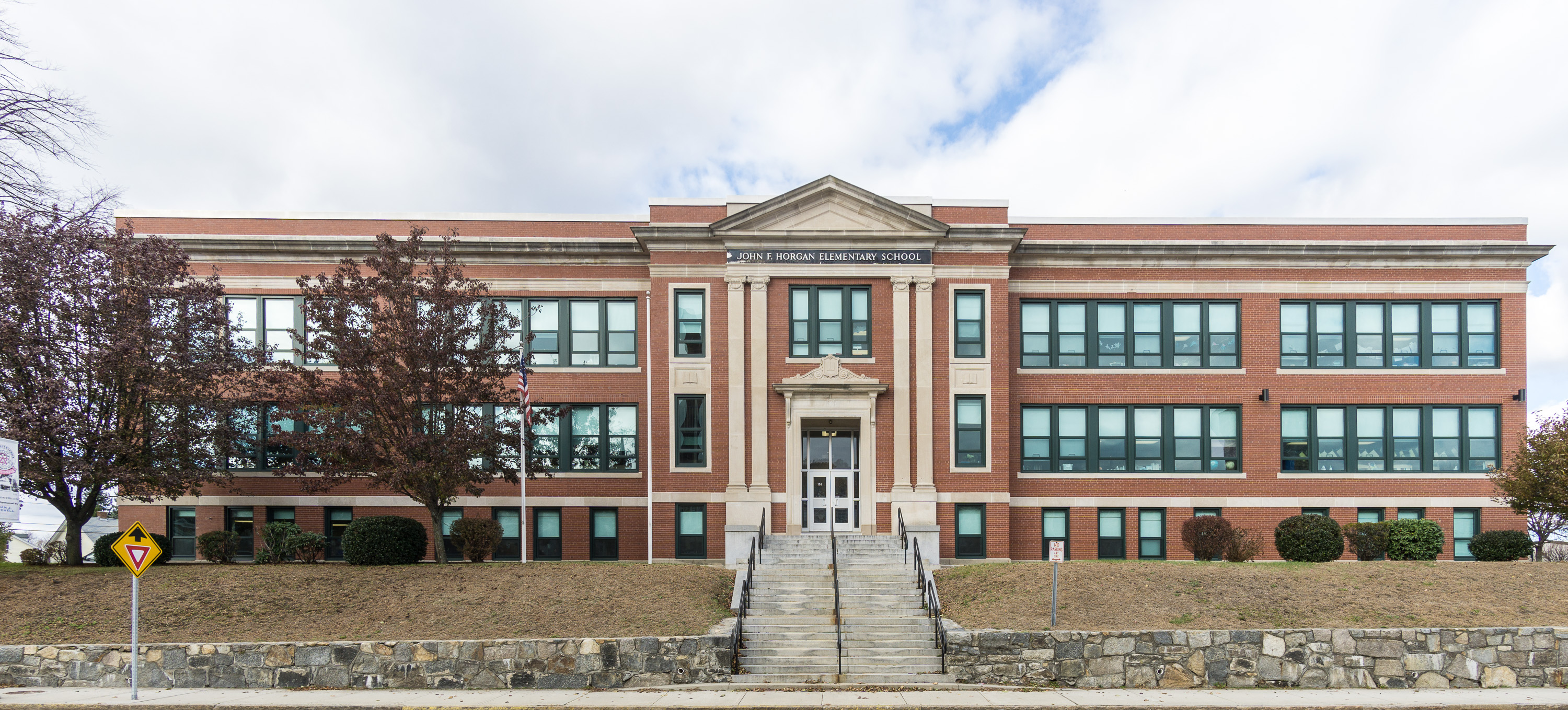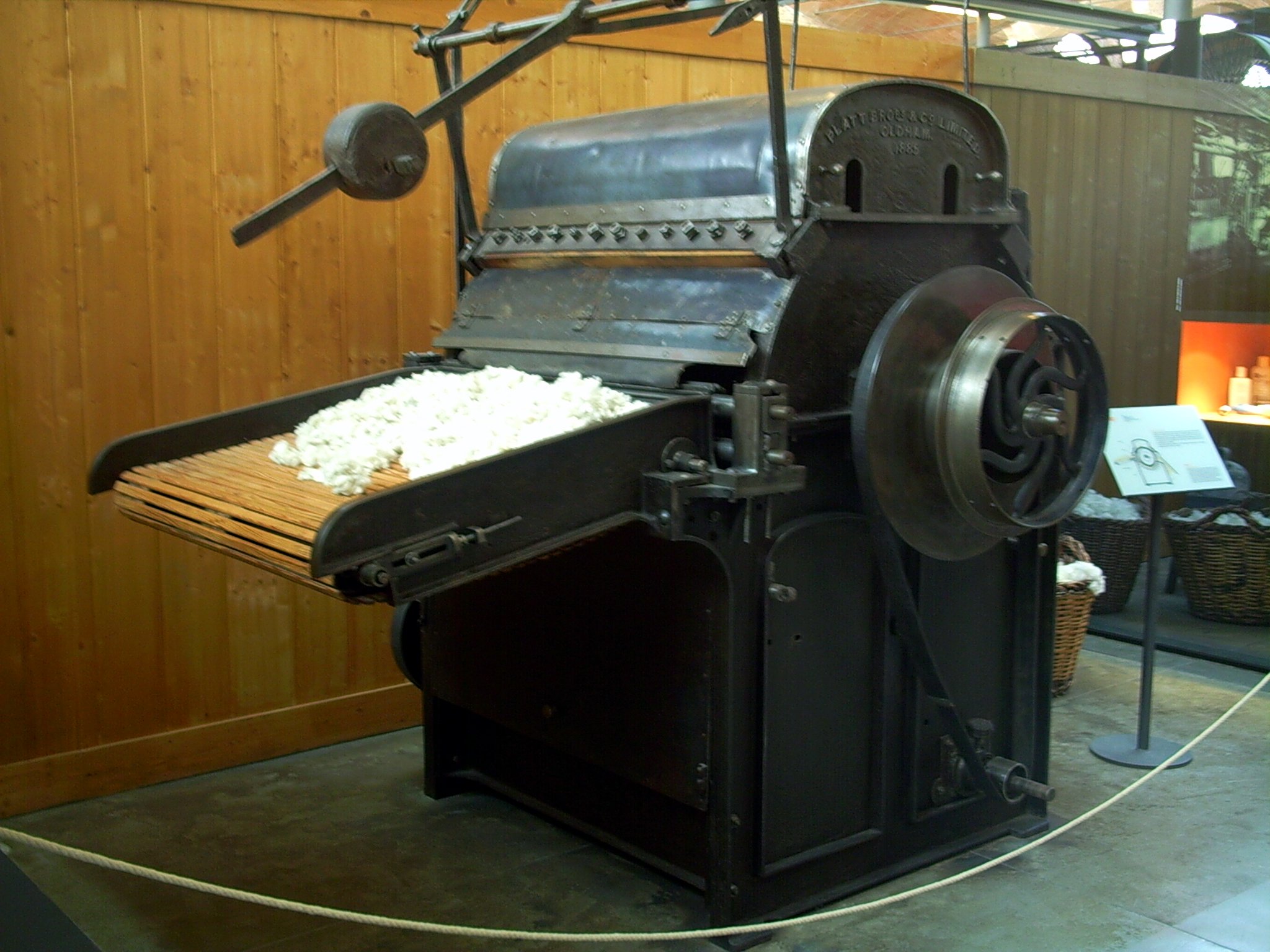|
Centreville Mill
The Centreville Mill is an historic textile mill at 3 Bridal Avenue in West Warwick, Rhode Island. The mill complex is located on a site that has been used for textile processing since 1794, only four years after Samuel Slater's successful mill operation was established in Pawtucket. The oldest surviving buildings on the east side of the Pawtuxet River date to the 1860s. The mill was listed on the National Register of Historic Places in 2005. See also *National Register of Historic Places listings in Kent County, Rhode Island __NOTOC__ This is a list of the National Register of Historic Places listings in Kent County, Rhode Island. This is intended to be a complete list of the properties and districts on the National Register of Historic Places in Kent County, Rhode ... References Industrial buildings completed in 1861 Industrial buildings and structures on the National Register of Historic Places in Rhode Island Buildings and structures in West Warwick, Rhode Isl ... [...More Info...] [...Related Items...] OR: [Wikipedia] [Google] [Baidu] |
West Warwick, Rhode Island
West Warwick is a town in Kent County, Rhode Island, United States. The population was 31,012 at the 2020 census. West Warwick was incorporated in 1913, making it the youngest town in the state. Prior to 1913, the town, situated on the western bank of the Pawtuxet River, was the population and industrial center of the larger town of Warwick. The town split because local Democratic politicians wanted to consolidate their power and isolate their section of town from the Republican-dominated farmland in the east. History The area that is now the town of West Warwick was the site of some of the earliest textile mills in the United States situated along the banks of the north and south branches of the Pawtuxet River. These small mill villages of the would play an important role in the early development of the textile industry in North America. Lippitt Mill founded in 1809 by Revolutionary War hero, Christopher Lippitt, was one of the first mills in the area. The 1810 Lippitt ... [...More Info...] [...Related Items...] OR: [Wikipedia] [Google] [Baidu] |
Textile Mill
Textile Manufacturing or Textile Engineering is a major industry. It is largely based on the conversion of fibre into yarn, then yarn into fabric. These are then dyed or printed, fabricated into cloth which is then converted into useful goods such as clothing, household items, upholstery and various industrial products. Different types of fibres are used to produce yarn. Cotton remains the most widely used and common natural fiber making up 90% of all-natural fibers used in the textile industry. People often use cotton clothing and accessories because of comfort, not limited to different weathers. There are many variable processes available at the spinning and fabric-forming stages coupled with the complexities of the finishing and colouration processes to the production of a wide range of products. History Textile manufacturing in the modern era is an evolved form of the art and craft industries. Until the 18th and 19th centuries, the textile industry was a household ... [...More Info...] [...Related Items...] OR: [Wikipedia] [Google] [Baidu] |
Samuel Slater
Samuel Slater (June 9, 1768 – April 21, 1835) was an early English-American industrialist known as the "Father of the American Industrial Revolution" (a phrase coined by Andrew Jackson) and the "Father of the American Factory System". In the UK, he was called "Slater the Traitor" and "Sam the Slate" because he brought British textile technology to the United States, modifying it for American use. He stole the textile factory machinery designs as an apprentice to a pioneer in the British industry before migrating to the United States at the age of 21. He designed the first textile mills in the U.S. and later went into business for himself, developing a family business with his sons. He eventually owned thirteen spinning mills and had developed tenant farms and company towns around his textile mills, such as Slatersville, Rhode Island. Early life Samuel Slater was born in Belper, Derbyshire, England, to William and Elizabeth Slater, on June 9, 1768, the fifth son in a farming ... [...More Info...] [...Related Items...] OR: [Wikipedia] [Google] [Baidu] |
Pawtucket, Rhode Island
Pawtucket is a city in Providence County, Rhode Island, United States. The population was 75,604 at the 2020 census, making the city the fourth-largest in the state. Pawtucket borders Providence and East Providence to the south, Central Falls and Lincoln to the north, and North Providence to the west; to its east-northeast, the city borders the Massachusetts municipalities of Seekonk and Attleboro. Pawtucket was an early and important center of textile manufacturing; the city is home to Slater Mill, a historic textile mill recognized for helping to found the Industrial Revolution in the United States. Name The name "Pawtucket" comes from the Algonquian word for "river fall." History The Pawtucket region was said to have been one of the most populous places in New England prior to the arrival of European settlers. Native Americans would gather here to catch the salmon and smaller fish that gathered at the falls. The first European settler here was Joseph Jenks, who ... [...More Info...] [...Related Items...] OR: [Wikipedia] [Google] [Baidu] |
Pawtuxet River
The Pawtuxet River, also known as the Pawtuxet River Main Stem and the Lower Pawtuxet, is a river in the U.S. state of Rhode Island. It flows U.S. Geological Survey. National Hydrography Dataset high-resolution flowline dataThe National Map, accessed April 1, 2011 and empties into the upper Narragansett Bay of the Atlantic Ocean. Together with its two main tributary branches, the North Branch Pawtuxet River and the South Branch Pawtuxet River, it drains a watershed of , all of which is in the state of R.I. History The area around the river was occupied by members of the Native American Patuxet tribe, who were part of the larger Narragansett tribe. In the native language, the word "pawtuxet" means "little falls." In 1638, Roger Williams purchased the land north of the Pawtuxet, thus founding Providence. In 1642, Samuel Gorton purchased the land south of the river, thus founding Warwick. Collectively, all three branches of the Pawtuxet played an important role in the deve ... [...More Info...] [...Related Items...] OR: [Wikipedia] [Google] [Baidu] |
National Register Of Historic Places
The National Register of Historic Places (NRHP) is the United States federal government's official list of districts, sites, buildings, structures and objects deemed worthy of preservation for their historical significance or "great artistic value". A property listed in the National Register, or located within a National Register Historic District, may qualify for tax incentives derived from the total value of expenses incurred in preserving the property. The passage of the National Historic Preservation Act (NHPA) in 1966 established the National Register and the process for adding properties to it. Of the more than one and a half million properties on the National Register, 95,000 are listed individually. The remainder are contributing resources within historic districts. For most of its history, the National Register has been administered by the National Park Service (NPS), an agency within the U.S. Department of the Interior. Its goals are to help property owners a ... [...More Info...] [...Related Items...] OR: [Wikipedia] [Google] [Baidu] |
National Register Of Historic Places Listings In Kent County, Rhode Island
__NOTOC__ This is a list of the National Register of Historic Places listings in Kent County, Rhode Island. This is intended to be a complete list of the properties and districts on the National Register of Historic Places in Kent County, Rhode Island, United States. Latitude and longitude coordinates are provided for many National Register properties and districts; these locations may be seen together in a map. There are 80 properties and districts listed on the National Register in the county, including 1 National Historic Landmark. Current listings Former listings See also * List of National Historic Landmarks in Rhode Island * National Register of Historic Places listings in Rhode Island References {{Kent County, Rhode Island Kent Kent is a county in South East England and one of the home counties. It borders Greater London to the north-west, Surrey to the west and ... [...More Info...] [...Related Items...] OR: [Wikipedia] [Google] [Baidu] |
Industrial Buildings Completed In 1861
Industrial may refer to: Industry * Industrial archaeology, the study of the history of the industry * Industrial engineering, engineering dealing with the optimization of complex industrial processes or systems * Industrial city, a city dominated by one or more industries * Industrial loan company, a financial institution in the United States that lends money, and may be owned by non-financial institutions * Industrial organization, a field that builds on the theory of the firm by examining the structure and boundaries between firms and markets * Industrial Revolution, the development of industry in the 18th and 19th centuries * Industrial society, a society that has undergone industrialization * Industrial technology, a broad field that includes designing, building, optimizing, managing and operating industrial equipment, and predesignated as acceptable for industrial uses, like factories * Industrial video, a video that targets “industry” as its primary audience * Industria ... [...More Info...] [...Related Items...] OR: [Wikipedia] [Google] [Baidu] |
Buildings And Structures In West Warwick, Rhode Island
A building, or edifice, is an enclosed structure with a roof and walls standing more or less permanently in one place, such as a house or factory (although there's also portable buildings). Buildings come in a variety of sizes, shapes, and functions, and have been adapted throughout history for a wide number of factors, from building materials available, to weather conditions, land prices, ground conditions, specific uses, prestige, and aesthetic reasons. To better understand the term ''building'' compare the list of nonbuilding structures. Buildings serve several societal needs – primarily as shelter from weather, security, living space, privacy, to store belongings, and to comfortably live and work. A building as a shelter represents a physical division of the human habitat (a place of comfort and safety) and the ''outside'' (a place that at times may be harsh and harmful). Ever since the first cave paintings, buildings have also become objects or canvasses of much artist ... [...More Info...] [...Related Items...] OR: [Wikipedia] [Google] [Baidu] |
1861 Establishments In Rhode Island
Statistically, this year is considered the end of the whale oil industry and (in replacement) the beginning of the petroleum oil industry. Events January–March * January 1 ** Benito Juárez captures Mexico City. ** The first steam-powered carousel is recorded, in Bolton, England. * January 2 – Friedrich Wilhelm IV of Prussia dies, and is succeeded by Wilhelm I. * January 3 – American Civil War: Delaware votes not to secede from the Union. * January 9 – American Civil War: Mississippi becomes the second state to secede from the Union. * January 10 – American Civil War: Florida secedes from the Union. * January 11 – American Civil War: Alabama secedes from the Union. * January 12 – American Civil War: Major Robert Anderson sends dispatches to Washington. * January 19 – American Civil War: Georgia secedes from the Union. * January 21 – American Civil War: Jefferson Davis resigns from the United States Senate. * January ... [...More Info...] [...Related Items...] OR: [Wikipedia] [Google] [Baidu] |






